Optimal Timing for Waterproofing Applications
Waterproofing is a critical process that prevents water intrusion and protects structures from moisture damage. The timing of waterproofing application can significantly impact its effectiveness and durability. Proper scheduling ensures optimal adhesion and performance, reducing the risk of future issues caused by water infiltration.
Spring offers moderate temperatures and increased moisture, making it suitable for waterproofing projects before heavy rain seasons.
Warm weather and dry conditions in summer facilitate quick curing and effective application of waterproofing materials.
Fall provides cooler temperatures and less humidity, ideal for preparing structures ahead of winter.
Winter waterproofing is generally avoided due to low temperatures and potential for freezing, which can hinder application and curing.
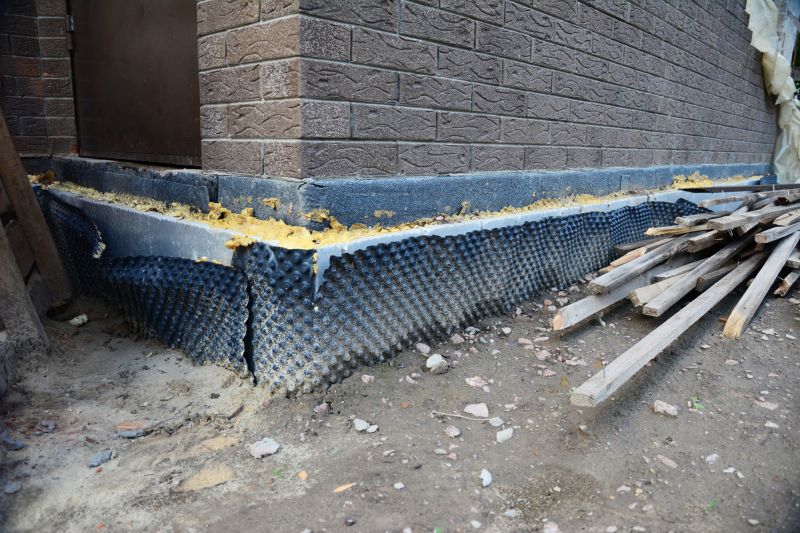
Ways to make Waterproofings work in tight or awkward layouts.

Popular materials for Waterproofings and why they hold up over time.
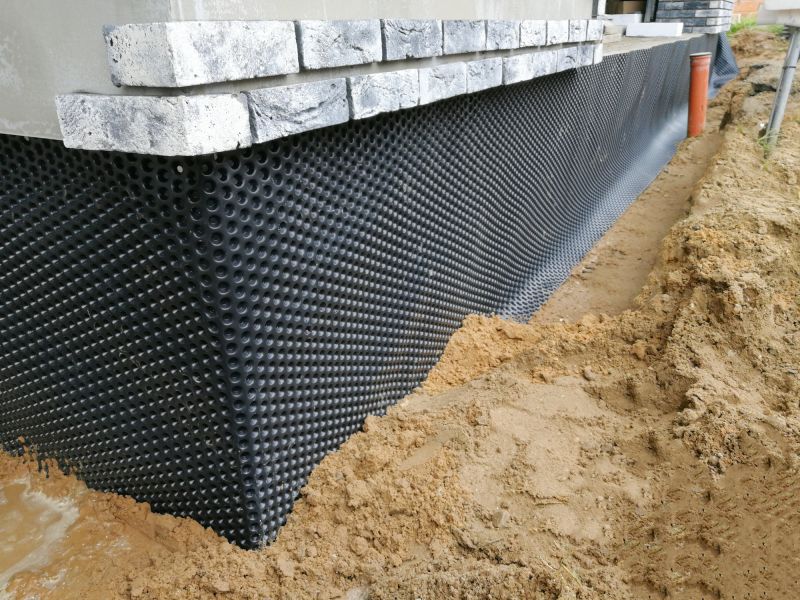
Simple add-ons that improve Waterproofings without blowing the budget.

High-end options that actually feel worth it for Waterproofings.
Waterproofings are essential for protecting buildings from water damage, mold growth, and structural deterioration. They involve applying specialized materials to surfaces to create a barrier against moisture. Properly timed waterproofing can extend the lifespan of a structure and reduce maintenance costs. Statistics indicate that buildings with effective waterproofing experience fewer issues related to water intrusion, leading to increased safety and durability.
Choosing the right time for waterproofing depends on climate conditions, project scope, and material properties. For instance, applying waterproofing during dry, moderate weather ensures better adhesion and curing. In regions with harsh winters, scheduling waterproofing before the cold season is recommended to prevent issues caused by freezing temperatures. Accurate timing enhances the effectiveness and longevity of waterproofing solutions.

Finishes and colors that play nicely with Waterproofings.
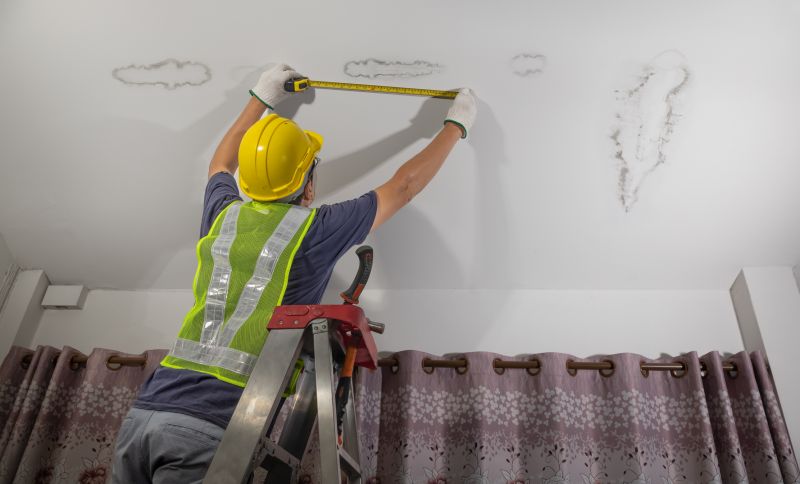
Little measurements that prevent headaches on Waterproofings day.
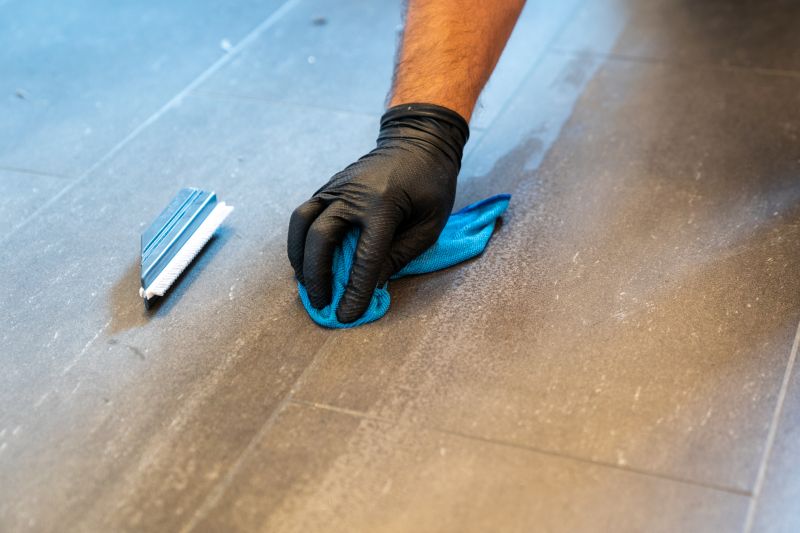
A 60-second routine that keeps Waterproofings looking new.

A frequent mistake in Waterproofings and how to dodge it.
| Season | Recommended Timing |
|---|---|
| Spring | Ideal for pre-rain season waterproofing to prepare for upcoming moisture. |
| Summer | Suitable due to warm, dry conditions that support curing. |
| Fall | Good for preparing structures before winter. |
| Winter | Generally discouraged due to low temperatures and freezing risk. |
Properly timed waterproofing enhances building resilience and reduces long-term maintenance. Consulting with waterproofing professionals can help determine the optimal schedule based on local climate and project requirements. Ensuring the right conditions during application maximizes the lifespan of waterproofing materials, providing effective moisture protection.
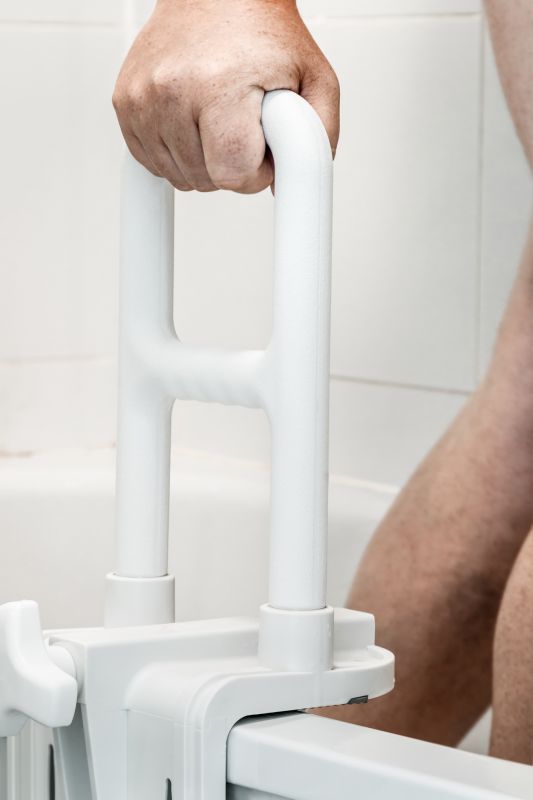
Small tweaks to make Waterproofings safer and easier to use.

Lower-waste or water-saving choices for Waterproofings.
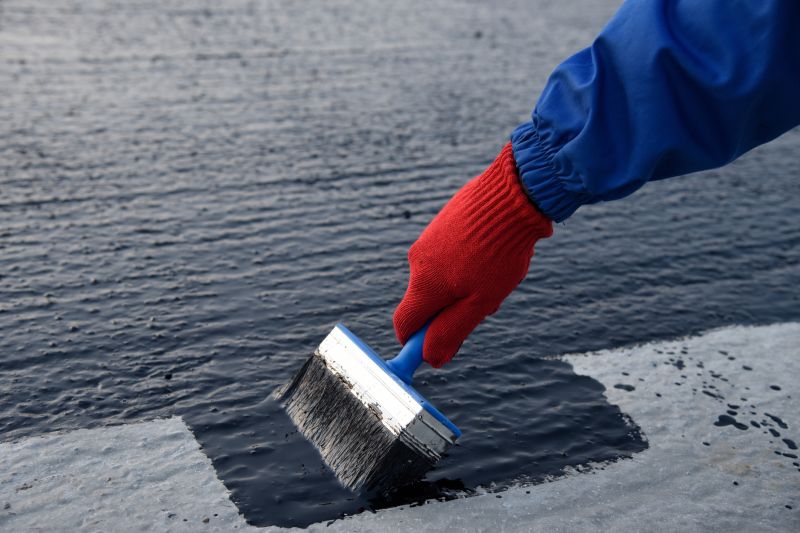
The short, realistic tool list for quality Waterproofings.
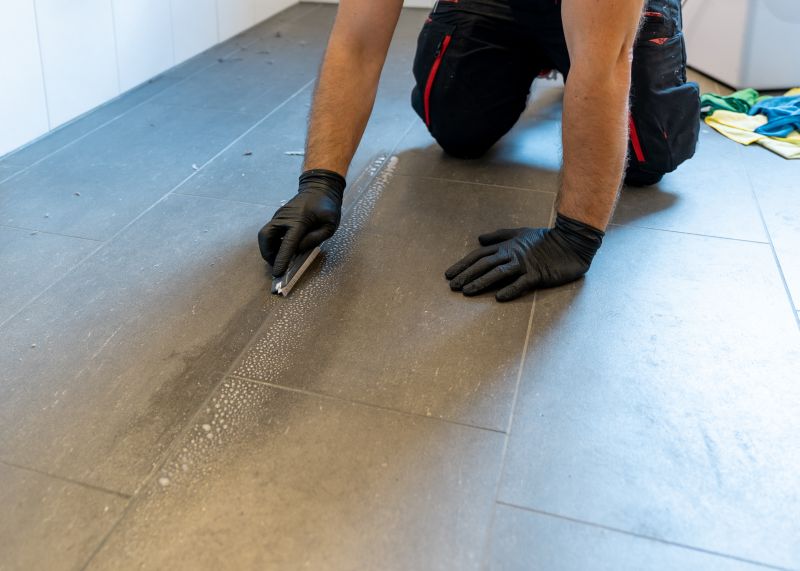
Rough timing from prep to clean-up for Waterproofings.
Interested parties are encouraged to contact for more information about waterproofing services. Proper scheduling and application techniques are vital for ensuring long-lasting moisture protection. A professional assessment can determine the best timing and materials for specific building needs.

